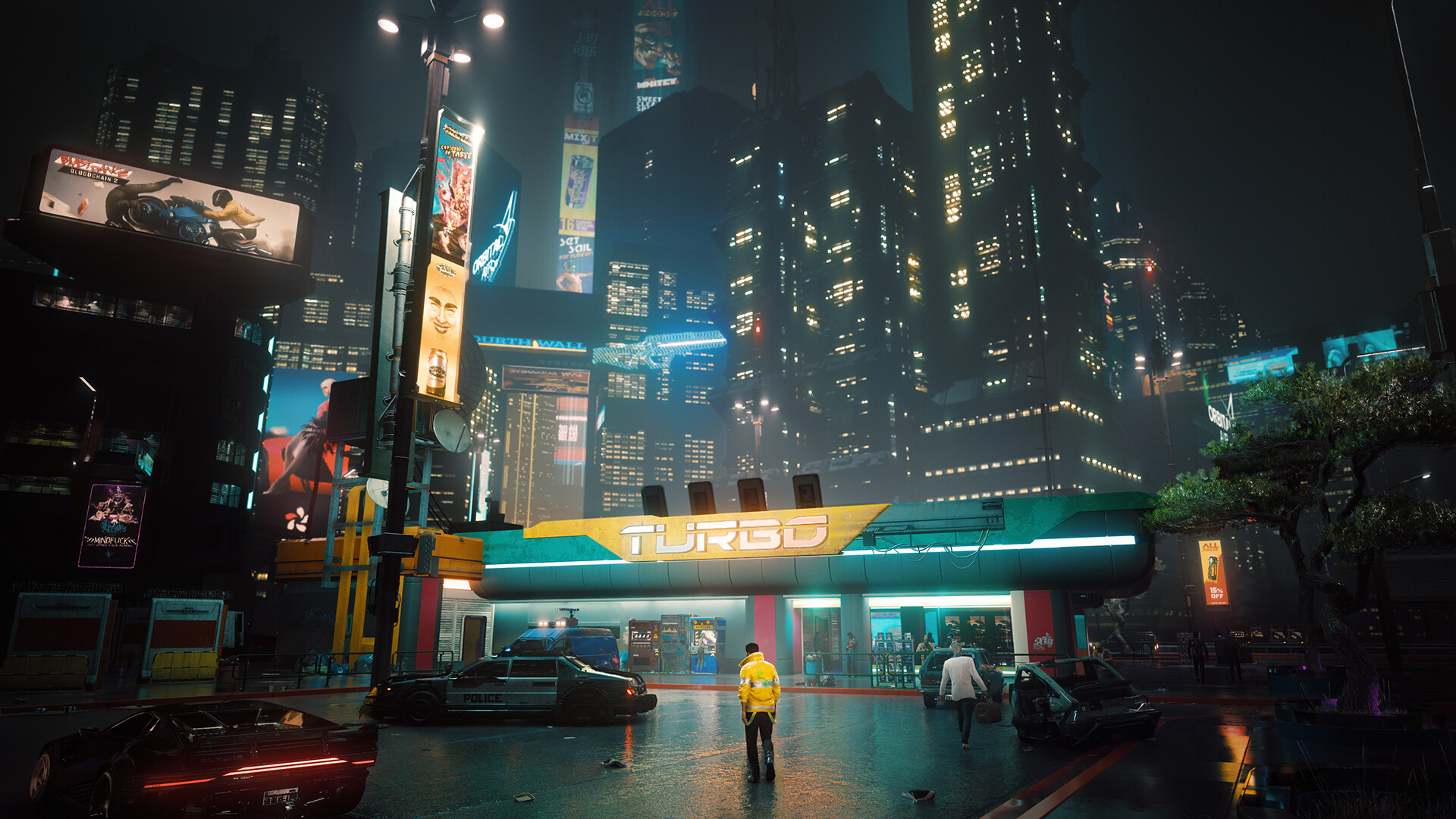Vampire: The Masquerade - Bloodlines – A Cult Classic That Defied Time
In the annals of gaming history, few titles have achieved the revered status of Vampire: The Masquerade - Bloodlines. Released in 2004 by Troika Games, this action-RPG was met with a rocky launch—plagued by bugs, rushed development, and commercial disappointment. Yet, against all odds, it clawed its way from obscurity to become one of the most beloved cult classics in the medium. Its blend of immersive storytelling, rich role-playing mechanics, and a hauntingly atmospheric world has cemented its legacy as a masterpiece that refuses to fade into the night.
A Rocky Birth and Troubled Legacy
Bloodlines was born under a shadow. Based on White Wolf Publishing’s Vampire: The Masquerade tabletop RPG, it promised a deep narrative experience set in a dark, gothic version of modern-day Los Angeles. However, development was fraught with challenges. Troika Games, though talented, was underfunded and pressured by publisher Activision to meet a tight deadline coinciding with Half-Life 2’s release. The result was a game riddled with technical issues—game-breaking bugs, AI glitches, and performance problems that marred its initial reception.
Despite these flaws, Bloodlines had something special beneath its rough exterior. Its writing, world-building, and sheer ambition were undeniable. Over time, a dedicated fanbase emerged, patching the game, restoring cut content, and evangelizing its brilliance. Today, it stands as a testament to how a flawed gem can outshine its imperfections through sheer creativity and passion.
The World of Darkness Brought to Life
What sets Bloodlines apart is its unparalleled immersion in the World of Darkness. Players assume the role of a newly-Embraced vampire, thrust into the treacherous politics of L.A.’s undead underworld. The game’s setting is a character in itself—a neon-drenched, rain-slicked metropolis teeming with danger and intrigue. From the grimy streets of Santa Monica to the opulent halls of Venture Tower, every location oozes atmosphere, blending film noir, gothic horror, and cyberpunk aesthetics.
The game’s adherence to the Masquerade—the vampire law forbidding exposure to humans—adds tension to every interaction. Players must navigate human society while balancing their hunger for blood, their clan’s unique curse, and the ever-watchful eyes of the Camarilla. The writing is sharp, darkly humorous, and filled with morally ambiguous choices that shape the story in meaningful ways.
Role-Playing Depth and Player Agency
Bloodlines excels in offering true role-playing freedom. Players choose from seven vampire clans, each with distinct powers, weaknesses, and narrative consequences. A Brujah brawler, a seductive Toreador, or a stealthy Nosferatu—each playthrough feels radically different. The game rewards creativity, allowing players to solve problems through combat, persuasion, stealth, or even hacking.
Dialogue is a highlight, with branching conversations that reflect your character’s stats and clan. Charisma-heavy builds can talk their way out of fights, while a Malkavian’s insanity leads to bizarre, fourth-wall-breaking interactions. The game’s reactivity is staggering for its time, with choices that ripple through the story, altering alliances, quest outcomes, and even the ending.
A Cast of Unforgettable Characters
Bloodlines boasts one of gaming’s most memorable rogues’ galleries. From the smarmy anarch Nines Rodriguez to the enigmatic and manipulative Prince LaCroix, every character is dripping with personality. Standouts include:
- Jeanette Voerman – The seductive, split-personality proprietor of the Asylum nightclub, whose duality hides tragic depths.
- Smiling Jack – A grizzled anarch with a dark sense of humor, serving as both mentor and wildcard.
- Therese and Jeanette – A twisted duo whose psychological horror subplot remains one of the game’s most chilling moments.
Even minor NPCs feel alive, thanks to stellar voice acting and sharp writing. The game’s humor, often pitch-black, balances its grim tone perfectly.
Flawed Genius: Combat and Pacing
For all its strengths, Bloodlines isn’t without flaws. Its combat—especially in the later, more action-heavy segments—feels clunky and unbalanced. The game’s rushed development is most apparent in its final act, where forced combat sequences betray its RPG roots. Yet, even these missteps are forgiven by fans, who see them as part of its rough charm.
The Modding Community’s Lifeline
Bloodlines might have faded into obscurity if not for its modding community. Unofficial patches, led by dedicated fans like Wesp5, have fixed countless bugs, restored cut content, and even improved graphics. These efforts have kept the game playable—and relevant—for nearly two decades.
Legacy and Influence
Despite its troubled past, Bloodlines has influenced countless RPGs, from The Witcher to Disco Elysium. Its narrative depth, player agency, and atmospheric world-building remain benchmarks for the genre. Rumors of a sequel have swirled for years, but even without one, the original’s cult status ensures its immortality.

Conclusion: A Game That Refuses to Die
Vampire: The Masquerade - Bloodlines is more than a game—it’s a phenomenon. A flawed masterpiece, a labor of love, and a testament to the power of storytelling in gaming. Two decades later, its fangs are as sharp as ever, drawing in new players and reminding us why some legends never truly die.
For those willing to embrace its darkness, Bloodlines offers an experience unlike any other—one that lingers long after the sun rises.














